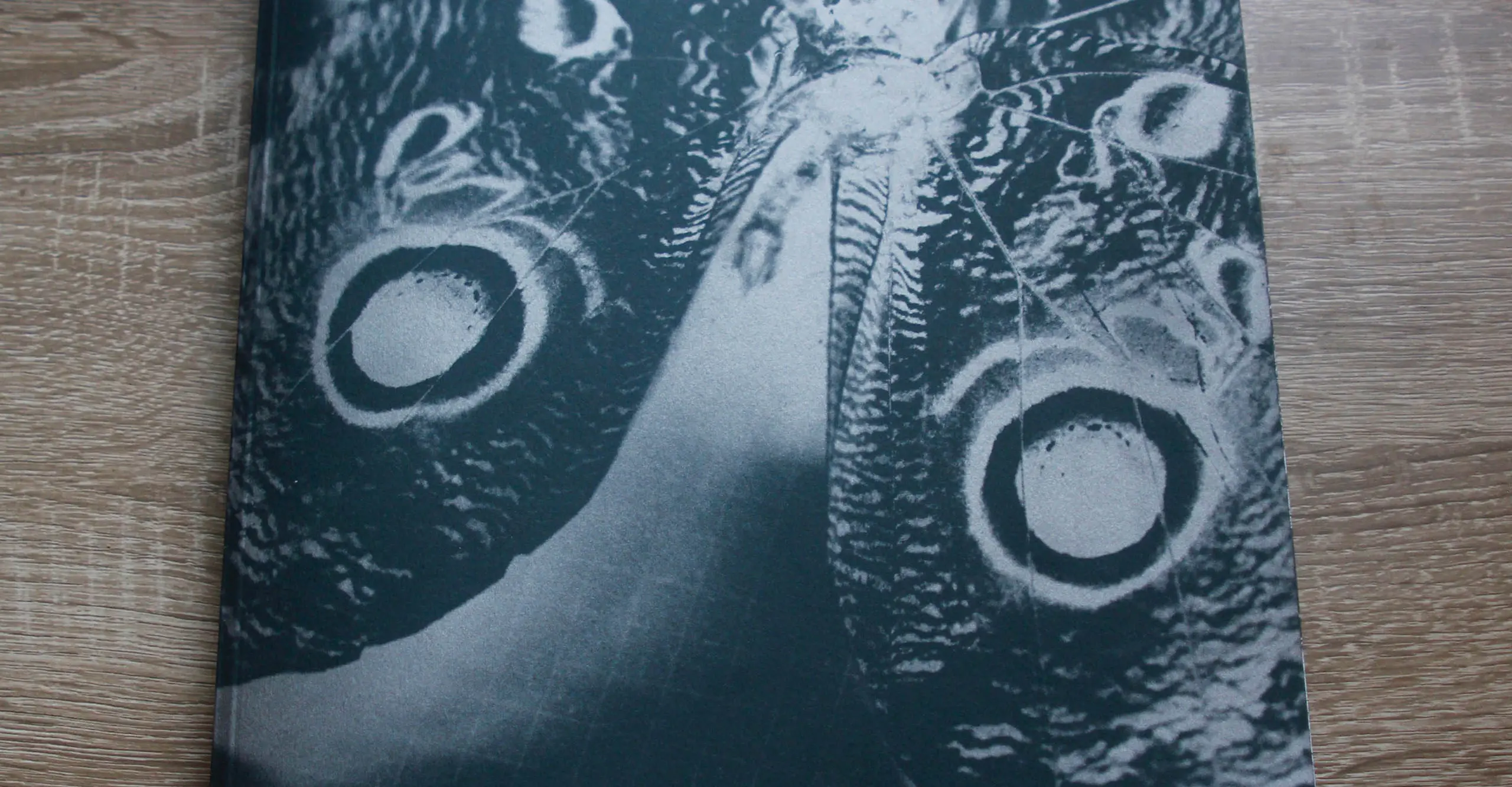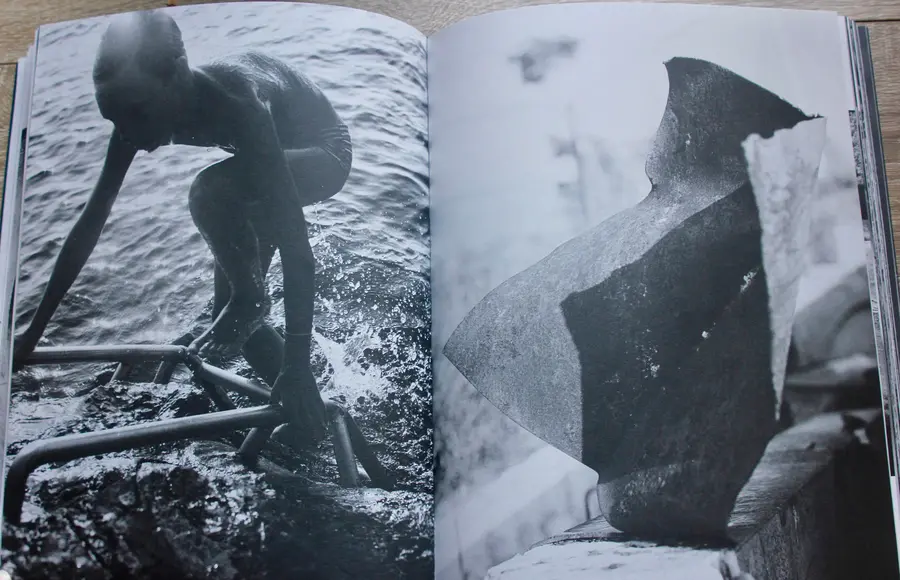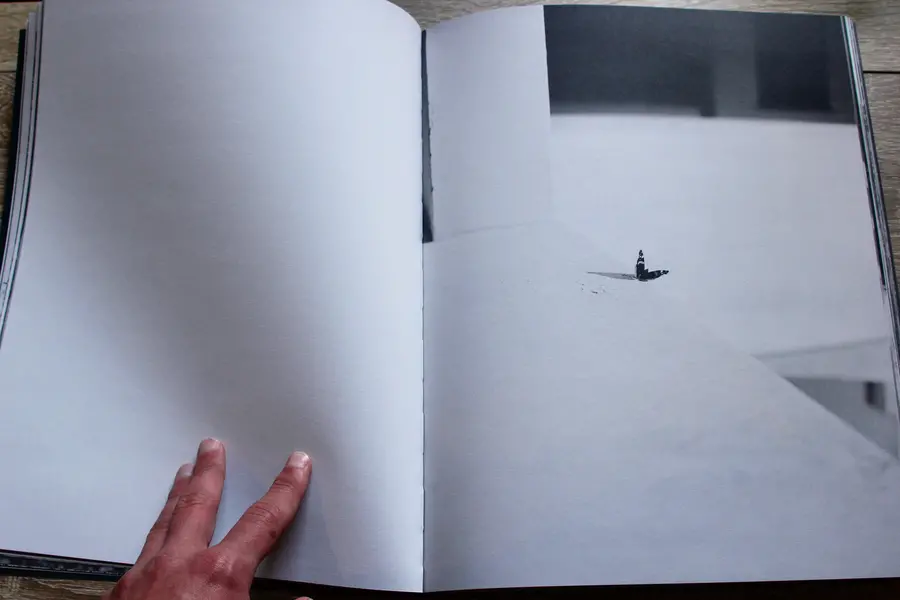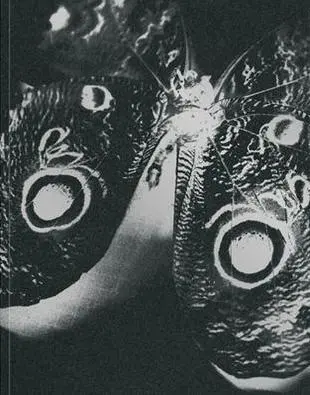Yazid Rowe-Habbari reviews the photobook The Missing Eye by Mattia Parodi and Piergiorgio Sorgetti.
The main themes within The Missing Eye include the subconscious, dreams, and reality. The photographs within the book are uncompromising and surreal glimpses of a world where sight no longer reigns supreme. Instead, the other sensations rise to the occasion, working in an imperfect state of unison. Within this sense of ordered chaos, Mattia Parodi and Piergiorgio aim to place the viewer into the shoes of those blind from birth who, though unable to witness the reality surrounding them, have the ability to dream visually. The photographs investigate this clash between the conscious and subconscious through black and white photographs, which remove all distractions of colour for the viewer while withholding any context that they would find familiar to restore themselves back to the real world.
What interests me about this book is that at first, it may seem that there is not a clear narrative thread running through it, with the images organised seemingly at random. However, this is not the case. On closer inspection one notices motifs within. For example, the theme of water, specifically the surface, distorts all that enters its environment, therefore relating to the surreal nature of the book. Secondly, the motif of shape in which geometry reveals itself through the subject’s form and their surroundings as negative space. This illustrates the efforts of the conscious side to take control, searching for patterns within disorder.



